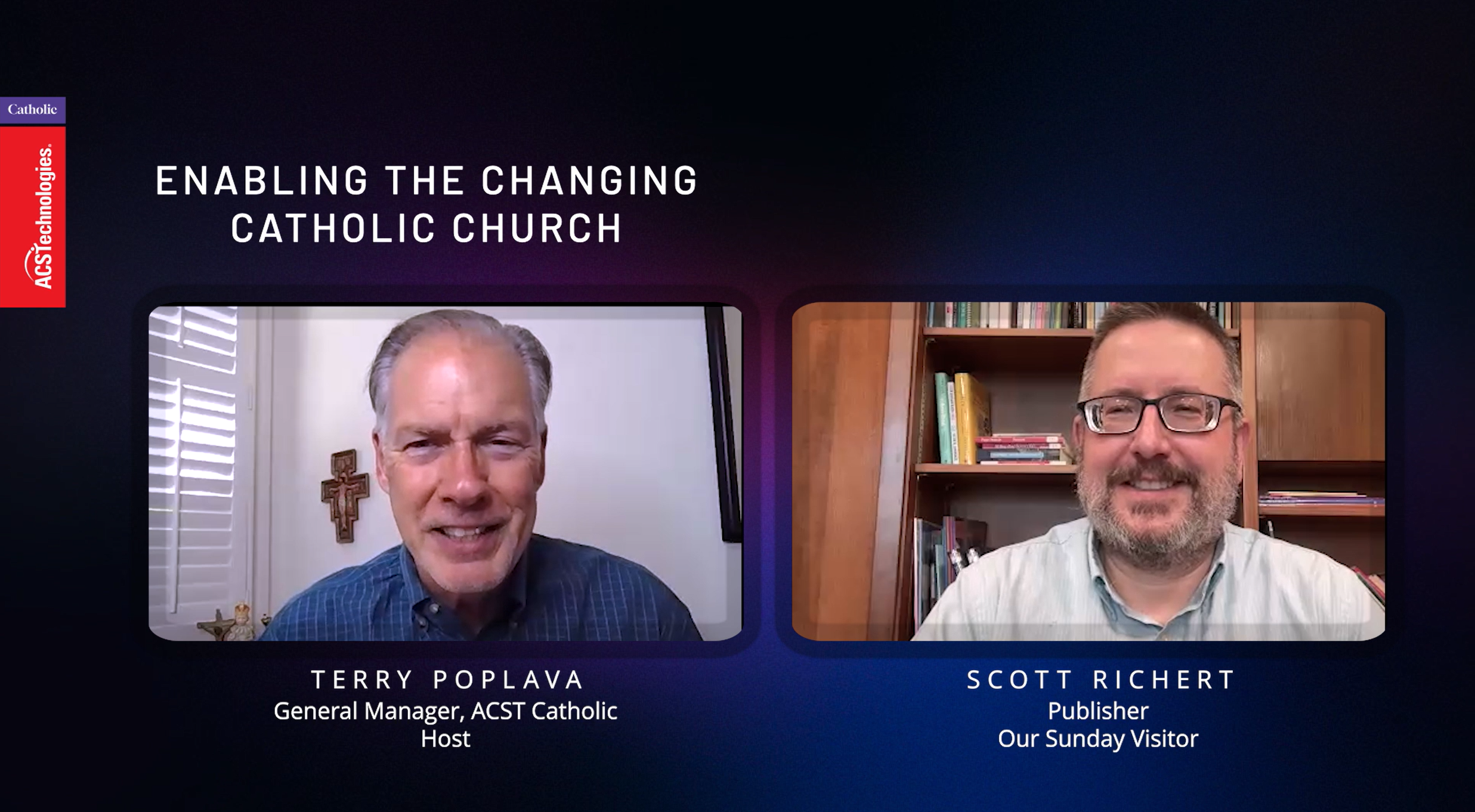Kids’ ministry is the funnest and most rewarding ministry in the church with a great return on investment. Parents have the greatest responsibility and ability to impact their children’s spirituality. Kids’ ministries must equip and inspire parents to disciple their children by consistently reading God’s Word together. Reading the Bible together transforms families, but parents can lose their minds if it’s not done right.
Here are a few tips for parents for reading the scriptures with their children.
The Key to Reading with Kids.
- Stories stick. Jesus taught through stories (parables) because one small story can hold enormous amount of truth. They are easy to remember and show how His truth works in our lives. Stories form a mental foundation of deeper biblical truths.
Preschool Age
- Get 1 or 2 children’s Bibles full of stories and pictures. Little ones won’t understand the words, but they’ll love the pictures. If you can find a rhyming Bible, use it.
- Spend lots of time on stories about Jesus. He’s the most important person in the most important book, and they have to know who He is.
- Stick to the same set of stories for period of time (1 to 3 weeks). Repetition is your friend.
- Read the Bible with them every day even when you’re tired, busy, and not in the mood.
- Read with expression. Be animated. Use different voices, tones, and pauses. Don’t just read the story. Perform the story.
- Don’t feel like you have to read every word on the page. Some Bibles have great pictures, but the words are difficult or too lengthy. Paraphrase if they start to lose focus.
- Let them pick. After a time, they’ll grow to love certain stories. Give them the Bible and let them choose; then, you can read another one to keep it fresh.
Younger Elementary Age
- You can still use the children’s Bible, but paraphrase less. Read more, but be just as animated and expressive. You may also want to add in a children’s Bible written for an older level.
- Read different Bibles. Most children’s stories are paraphrased and shortened. Reading the same story in a different Bible will bring out different parts of the story and help them understand.
- Connect the stories. If you see something in the story that reminds you of one you’ve read before, show them.
Older Elementary Age
- Let them read a page or two. They may read slow, but give them the chance. If you have more than one child, let them take turns. Just don’t let their reading take away from their understanding. Sometimes, one child can lose focus if another is taking too long.
- Make room for questions. Ask them questions and encourage them to ask questions. Some stories are hard to understand.
Middle School Age
- Introduce them to full text versions of the scripture. Make sure to find one they can understand.
- Stay with the stories as long as possible. Remember, they form the foundation for the other parts of the Bible that aren’t stories. A solid understanding of the stories allows Bible readers to make sense of the other parts.
- Read through the Gospels. Chances they’ve never heard all that Jesus said and did. Go slowly and show them who He is and what He did.
- Give them the background. Do a little research so that you know who wrote the book, why they wrote it, and for what audience.
- Have them read larger portions together with you.
- Encourage questions. Ask some, and have them ask some. Prep them before the passage to create a question someone may ask while reading that passage.
High School Age
- You’re trying to develop a self-feeding Christian.
- Read the harder passages together. Use what I’ve learned in stories to make sense of the deeper truth.
- Research together. Ask tough questions and search the Bible for answers. What does God say about “fill in the blank”? Use a concordance or online Bible to find passages to explore as you search for answers.
- Keep up your own Bible reading. Share things with them you’ve learned or been challenged with in your personal devotions and have them share something that’s stuck out to them.
- Have them read the Bible with other teenagers. Get them involved in a small group that meets face to face or a discussion groups in your church’s ChMS.
What if parents struggle?
- Some parents will have no problem doing this, but others won’t find it easy. Create a group for parents on your ChMS. You can share readings and discussion questions that parents can use with their kids. Chances are the parents will get as much if not more from reading the scripture with their kids as their own children will.




